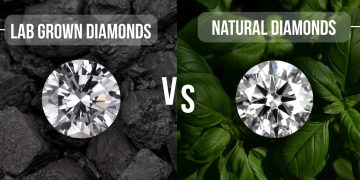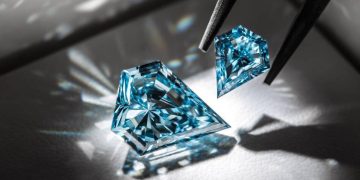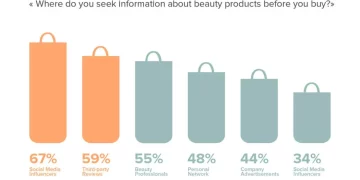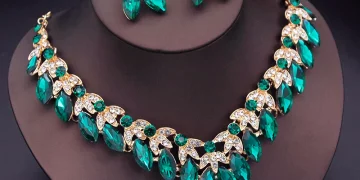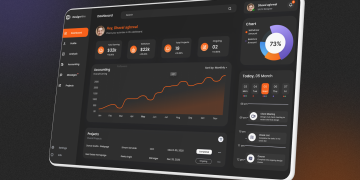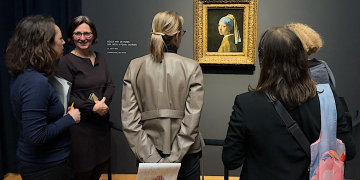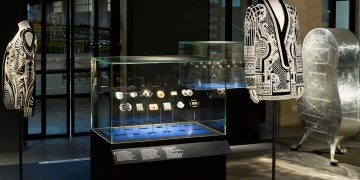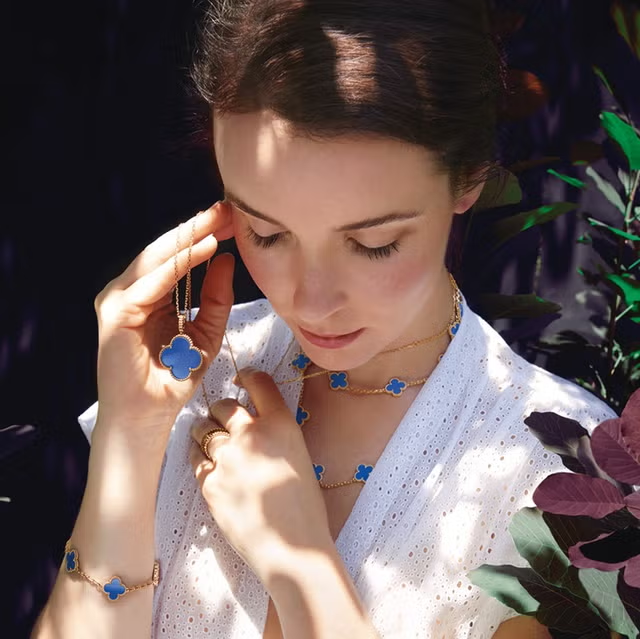Abstract
Economic uncertainty has long been a critical factor in shaping consumer behavior across various sectors, with the luxury goods market being particularly sensitive to such fluctuations. This paper explores how high-end jewelry consumption is influenced by periods of economic instability, examining factors such as consumer confidence, discretionary spending, and shifts in investment behavior. By analyzing historical data, consumer psychology, and the broader macroeconomic landscape, we aim to understand how economic uncertainty triggers changes in the demand, purchasing patterns, and brand loyalty in the luxury jewelry market.
1. Introduction
1.1 Background
The luxury goods market is often seen as a barometer for economic health, and high-end jewelry, as a subset of this market, experiences unique consumption dynamics during periods of economic uncertainty. This article aims to explore the intersection between economic uncertainty and consumer behavior within the luxury jewelry industry, providing insight into how broader economic trends, such as recessions, market crashes, or geopolitical tensions, affect purchasing decisions.
1.2 Definition of Key Concepts
- Economic Uncertainty: A state of unpredictability in economic variables such as GDP growth, inflation, unemployment, and financial markets, often caused by economic crises, political instability, or external shocks.
- High-End Jewelry: Jewelry priced at a premium, often made with precious metals and stones, characterized by luxury brands such as Cartier, Tiffany, and Bulgari.
- Consumption Behavior: The patterns, preferences, and decision-making processes involved in the purchase of goods and services, particularly how they shift during times of economic instability.
2. The Luxury Jewelry Market: An Overview
2.1 Industry Characteristics
The luxury jewelry market is highly segmented, with products ranging from fine jewelry (e.g., diamond rings, necklaces) to ultra-luxury items (e.g., limited-edition pieces, high-carat diamonds). Despite being expensive, the market has traditionally been relatively insulated from price sensitivity, particularly among affluent consumers. However, in times of economic uncertainty, even wealthy buyers adjust their purchasing habits.
2.2 Key Trends in Luxury Jewelry Consumption
- Globalization of Luxury Brands: The increasing presence of luxury jewelry brands in emerging markets, particularly in Asia, has led to significant changes in consumer behavior.
- Sustainability and Ethical Consumption: Consumers today are more conscious of the ethical sourcing of materials, sustainability, and transparency, leading brands to adapt.
- Digital Transformation: The growing trend of online shopping, even for high-end goods, has reshaped consumer expectations.
3. The Impact of Economic Uncertainty on Consumer Behavior
3.1 Psychological and Behavioral Shifts
- Perceived Value and Status: During economic downturns, consumers’ perceptions of luxury goods shift. High-end jewelry may be seen as a store of value or an investment, but it could also be viewed as a frivolous expenditure, especially when financial security is at risk.
- Risk Aversion: In uncertain economic environments, consumers often become more risk-averse, preferring safer investments such as real estate or stocks over discretionary spending.
- Conspicuous Consumption: In times of economic uncertainty, consumers may either continue or even increase conspicuous consumption to signal wealth and social status, or they may scale back due to social pressures.
3.2 Impact of Economic Uncertainty on Purchasing Patterns
- Shift Toward Smaller, More Affordable Items: Consumers may still desire luxury but opt for smaller, less expensive pieces that still provide a sense of prestige without the hefty price tag.
- Increased Demand for Investment Pieces: High-end jewelry, particularly items with inherent value (such as diamonds and rare gemstones), may see increased demand as consumers seek tangible, enduring assets that could weather economic instability.
- Post-Purchase Behavior: Economic uncertainty can influence how buyers view their purchases post-purchase. Jewelry might be perceived not just as a luxury item but as a long-term asset that appreciates over time.
3.3 Influence of Global Economic Factors
- Recessions: Economic downturns such as the global financial crisis of 2008 have shown that high-end jewelry sales are often resistant to sharp declines. However, there are still noticeable shifts in spending priorities, with consumers opting for lower-cost luxury alternatives.
- Geopolitical Instability: Political instability, trade wars, or international conflicts can create fear and uncertainty, leading to a contraction in luxury spending, particularly in markets that are highly dependent on discretionary consumption.
- Inflation and Currency Depreciation: In markets where inflation is high or currencies are devalued, luxury jewelry may become an even more attractive purchase as a hedge against inflation.
4. Economic Uncertainty and Shifting Consumer Priorities
4.1 Changing Attitudes Toward Luxury Goods
As economic conditions shift, so too do consumer priorities. Some consumers may reconsider their attitudes toward luxury goods in light of the need to secure financial stability. High-end jewelry purchases, which may once have been seen as status symbols, may now be viewed as financial assets or emotional investments.
- Emotional Spending: Jewelry is often purchased during significant life events such as engagements, anniversaries, or milestone celebrations. In times of uncertainty, consumers may prioritize emotional value over materialistic consumption.
- Social Influences: Peer pressure and social media influence play significant roles in the consumption of luxury goods. During periods of economic instability, people may question the social acceptability of extravagant purchases, leading to a shift toward more understated luxury.
4.2 Luxury Jewelry as an Investment
One of the more notable trends during uncertain economic times is the shift in the perception of luxury jewelry. Items such as high-end watches, rare gemstones, and exclusive limited-edition jewelry pieces are increasingly viewed not just as decorative but as investments that retain or even increase in value over time. This behavior is often seen as a response to financial instability, where consumers seek stable, tangible assets.
- Jewelry as a Safe-Haven Asset: Much like gold or art, high-end jewelry is often considered a safe haven during periods of economic instability. For example, diamond prices tend to remain resilient during recessions, as their intrinsic value is perceived as stable.

5. Case Studies of Economic Uncertainty and High-End Jewelry Consumption
5.1 The 2008 Financial Crisis
The global financial crisis (GFC) of 2008 is one of the most significant examples of how economic uncertainty can affect luxury consumption. While overall consumer spending dropped, the luxury goods market displayed resilience. However, the makeup of the consumer base shifted, with a noticeable increase in sales in emerging markets, such as China and India, which were less affected by the downturn.
5.2 The COVID-19 Pandemic and Its Aftermath
The COVID-19 pandemic disrupted the luxury jewelry market in unprecedented ways. On one hand, global lockdowns led to a decrease in retail traffic, especially in high-end shopping districts. On the other hand, online sales surged as consumers continued to purchase luxury goods through digital channels. This highlighted the growing importance of e-commerce in the luxury sector, as well as the role of high-end jewelry as a store of value during times of financial uncertainty.
6. Conclusion
6.1 Summary of Findings
Economic uncertainty plays a critical role in shaping high-end jewelry consumption behavior. While the luxury jewelry market remains somewhat insulated from broader economic downturns, it is not immune to shifts in consumer priorities, purchasing patterns, and investment behaviors. Consumers become more risk-averse, adjust their expectations around value and status, and shift toward investment pieces during times of economic instability.
6.2 Implications for the Jewelry Industry
The luxury jewelry industry must remain adaptable to these changes. Brands that can navigate periods of economic uncertainty by offering flexibility, investment-worthy pieces, and personalized services are likely to continue thriving, even in turbulent economic climates.
6.3 Future Research Directions
Further research is needed to understand the long-term impacts of digitalization and sustainability concerns on high-end jewelry consumption, as well as the role of emerging markets in shaping future trends in luxury consumption.

